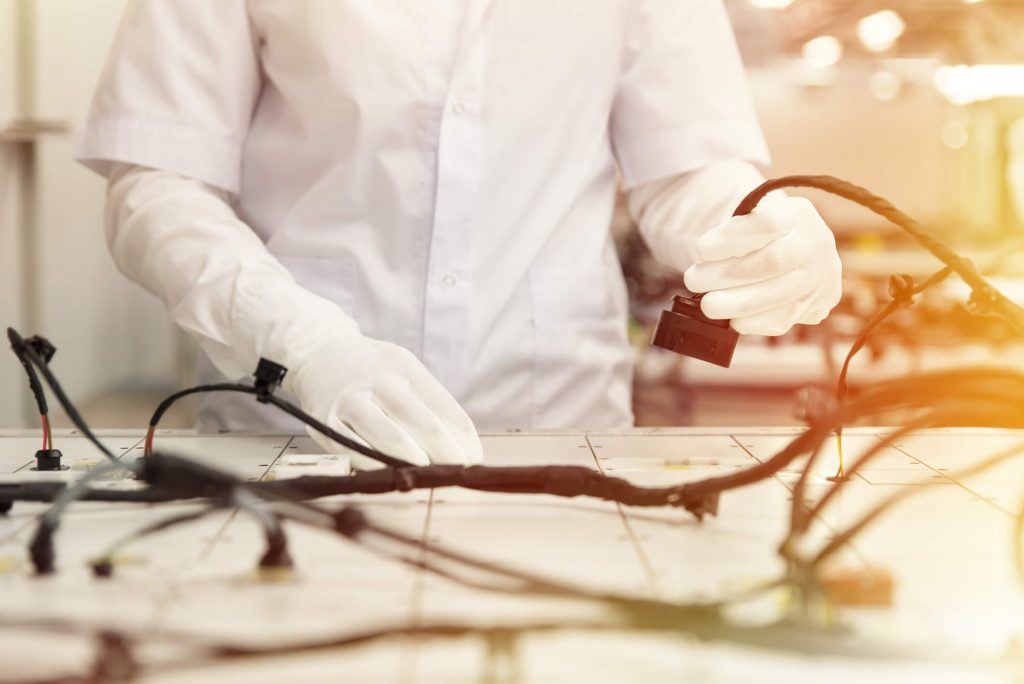Cable assemblies are an essential component of a wide range of electronic devices and applications, from computers and televisions to industrial machinery and medical equipment. But what exactly are cable assemblies, and how do they work to transmit data, power, and signals between devices?

In simplest terms, a cable assembly is a grouping of wires or cables that are combined together and housed in a protective sleeve or jacket. These assemblies are typically designed and manufactured to specific specifications, with a particular purpose or function in mind. Some cable assemblies are designed to transmit only data, while others carry both data and power signals together.
The purpose of a cable assembly depends on the devices that it connects, as well as the types of signals and data that it transmits. In many cases, cable assemblies are used to connect two or more devices together, allowing them to communicate and exchange information. For example, a cable assembly might connect a computer to a printer, allowing the computer to send print jobs to the printer.
Another common use of cable assemblies is in power transmission. Many electronic devices require a certain level of electrical power to function properly, and cable assemblies are used to transmit that power from a power source to the device. In some cases, cable assemblies are also used to provide power to the device, such as in the case of an electric motor that requires a continuous supply of electricity.
There are many different types of cable assemblies available on the market, each designed to meet specific needs and requirements. Some of the most common types of cable assemblies are coaxial cables, which are used for high-frequency signal transmission, and ribbon cables, which are used for low-frequency signal transmission. Other popular types of cable assemblies include Ethernet cables, HDMI cables, USB cables, and power cables.
When designing a cable assembly, it is important to take into account a range of factors, such as the length of the cable, the type of connectors that will be used, and the types of signals and data that will be transmitted. Cable assemblies must be designed to resist interference and noise, and to be durable and long-lasting.
At the end of the day, cable assemblies play a critical role in the functioning of many electronic devices and systems. Whether transmitting data, power, or both, these assemblies are an essential component of modern technology. By understanding the basics of cable assemblies and how they work, consumers and manufacturers alike can make better-informed decisions about the types of cable assemblies that they need for their specific applications.